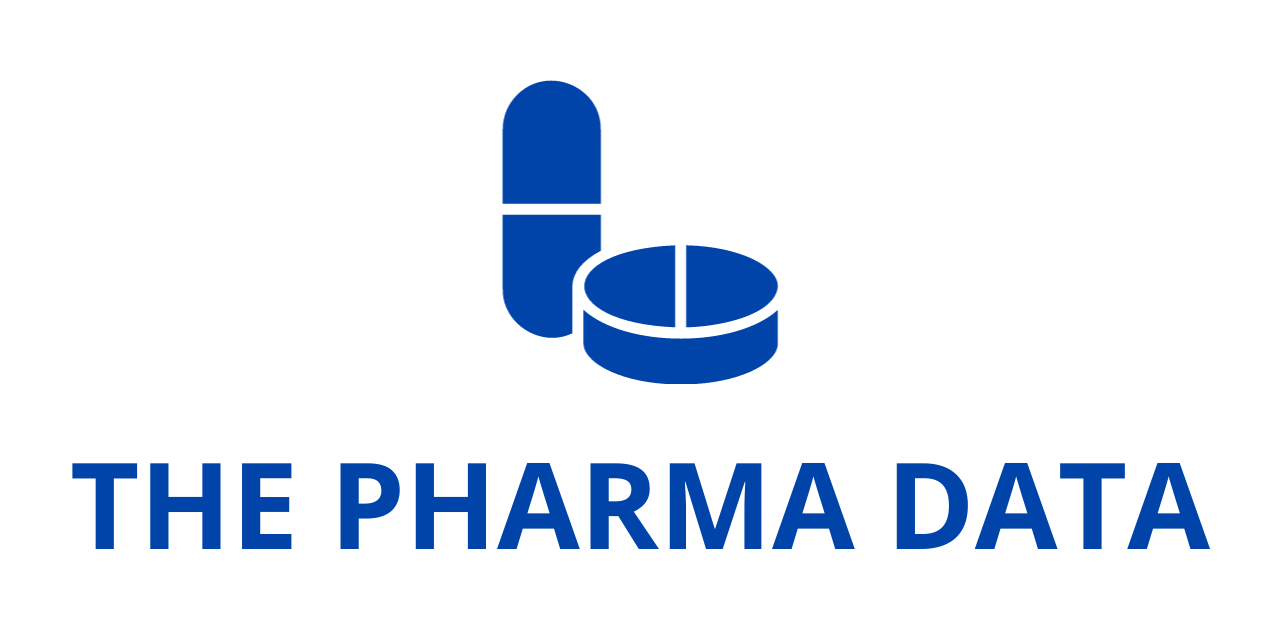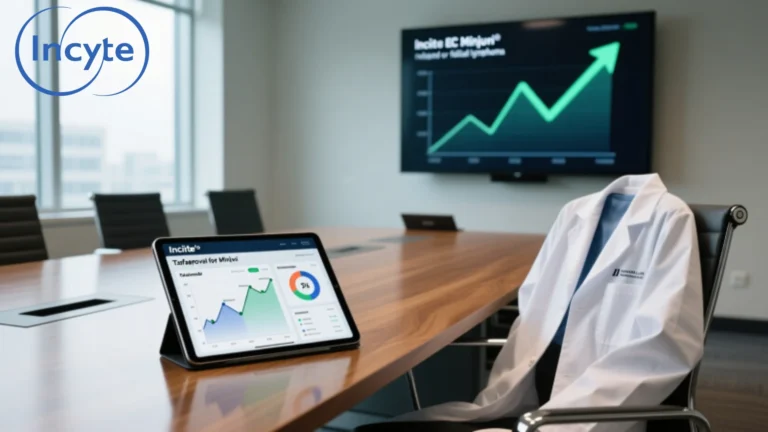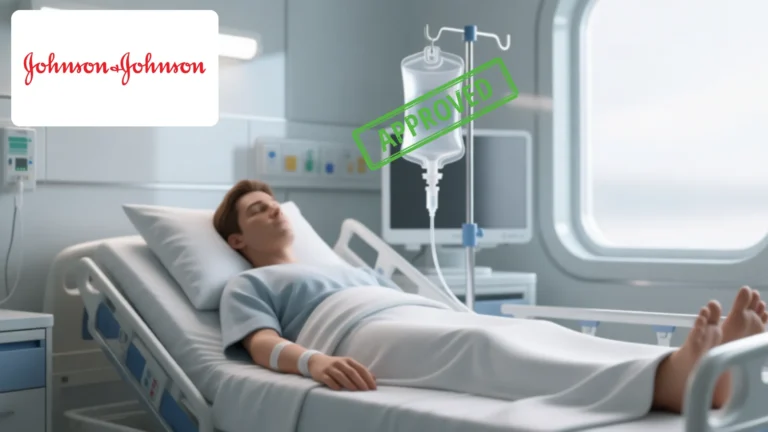
Global Molecular Diagnostics Market Set to Reach $30.9 Billion by 2035: Industry Trends, Technologies, and Key Players
Molecular Diagnostics Market Industry Trends and Global Forecasts to 2035: Distribution by Test Type, Type of Offering, Type of Sample, Type of Technology, Therapeutic Area, End Users, and Geographical Regions.” This report provides an in-depth analysis of the molecular diagnostics market, its current landscape, growth drivers, challenges, and future opportunities, offering a detailed roadmap for stakeholders, investors, and healthcare professionals.
Market Overview and Growth Forecast
The global molecular diagnostics market is projected to grow from an estimated USD 15.9 billion in 2025 to USD 30.9 billion by 2035, representing a compound annual growth rate (CAGR) of 6.2% over the forecast period. This expansion is fueled by increasing demand for rapid, precise, and personalized diagnostic solutions, growing awareness of preventive healthcare, and advances in genomics and proteomics technologies.
Molecular diagnostics involves the use of advanced techniques to analyze biomarkers at the molecular level in DNA, RNA, and proteins. These diagnostic solutions play a critical role in detecting and monitoring diseases, identifying genetic variations, and guiding tailored therapeutic interventions. Core technologies driving the field include polymerase chain reaction (PCR), next-generation sequencing (NGS), and microarrays. PCR is widely recognized for its ability to amplify minute quantities of genetic material, enabling sensitive and specific detection of target sequences. Meanwhile, NGS allows high-throughput sequencing of entire genomes or targeted regions, facilitating comprehensive analysis of complex genetic profiles. Microarray technologies further complement these methods by enabling simultaneous detection of multiple genetic markers.
The integration of these technologies across oncology, infectious diseases, genetic disorders, and personalized medicine applications has significantly improved diagnostic accuracy, reduced turnaround times, and enabled evidence-based treatment decisions. Notably, over 70% of healthcare decisions are influenced by laboratory test results, underscoring the essential role of molecular diagnostics in clinical practice and patient care.
Key Market Drivers
Several factors contribute to the projected growth of the molecular diagnostics market:
- Rising Prevalence of Chronic Diseases: The increasing global burden of cancer, cardiovascular diseases, infectious diseases, and genetic disorders is driving demand for rapid and accurate diagnostic solutions.
- Advancements in Technology: Innovations in PCR, NGS, microarrays, and CRISPR-based diagnostics are expanding the scope and efficiency of molecular testing.
- Personalized Medicine Trends: Molecular diagnostics are integral to precision medicine, enabling clinicians to design patient-specific treatment strategies.
- Preventive Healthcare Awareness: Growing recognition of early detection benefits and preventive healthcare programs is increasing uptake of diagnostic tests.
- Faster Turnaround Times: Molecular diagnostics reduce the time required to obtain actionable results, supporting faster clinical decision-making.
Market Insights and Opportunities
The report identifies critical trends and opportunities shaping the molecular diagnostics market. It highlights the competitive dynamics among established companies and emerging players deploying innovative technologies. Among the leading firms, Roche has emerged as a dominant player due to its broad portfolio of molecular diagnostic solutions and strong financial performance. Other notable companies include Abbott Laboratories, Agilent Technologies, Becton Dickinson, Bio-Rad, Danaher, Thermo Fisher Scientific, Illumina, Qiagen, Siemens Healthineers, and Hologic, among others. Many of these companies were founded between 1951 and 2000, with approximately 60% headquartered in North America, reflecting the region’s leadership in molecular diagnostics innovation.
The report utilizes a proprietary research methodology and applies Porter’s Five Forces framework to evaluate competitive pressures, including the threat of new entrants, bargaining power of suppliers and buyers, the risk of substitutes, and rivalry among existing players. Additionally, regulatory complexities remain a critical challenge for market participants, necessitating careful navigation of approval processes across different regions.
Market Segmentation
The molecular diagnostics market is analyzed across several key segments:
- By Test Type: Includes diagnostic assays for infectious diseases, oncology, genetic testing, and prenatal screening.
- By Type of Offering: Differentiates between kits, reagents, instruments, and software solutions.
- By Sample Type: Covers blood, tissue, saliva, urine, and other specimen types.
- By Technology: Analyzes PCR, NGS, microarrays, in situ hybridization, and emerging molecular platforms.
- By Therapeutic Area: Encompasses oncology, infectious diseases, genetic disorders, cardiovascular diseases, and others.
- By End Users: Includes hospitals, diagnostic laboratories, research institutions, and point-of-care facilities.
- By Geography: Explores market distribution across North America, Europe, Asia-Pacific, Latin America, and the Middle East & Africa.
Competitive Landscape and Company Profiles
The report provides detailed profiles of leading molecular diagnostics solution providers, offering insights into company overviews, financial performance, molecular diagnostic offerings, and recent developments. North American companies profiled in detail include Abbott, Agilent Technologies, Becton Dickinson, Danaher, and Thermo Fisher Scientific. Short profiles cover Bio-Rad, Illumina, Hologic, PerkinElmer, and QuidelOrtho. European leaders such as bioMérieux, Grifols, Roche, and Siemens Healthineers are analyzed, along with key Asian players including Sysmex, BGI Genomics, Sansure, and Seegene.
Additionally, the report includes a competitiveness analysis categorizing players as very large, large, or emerging companies, providing benchmarking metrics to evaluate relative market strength and strategic positioning.
Regulatory Landscape
Given the sensitive nature of molecular diagnostics, regulatory approval is a critical aspect for market growth. The report examines guidelines from major regulatory authorities across key geographies, highlighting country-specific requirements for medical device approvals. A multi-dimensional bubble analysis is provided to compare regulatory stringency, approval timelines, and market entry barriers, offering strategic insights for companies planning global expansion.
Methodology and Data Sources
The report’s research methodology combines primary and secondary sources to ensure comprehensive coverage of market trends, drivers, restraints, opportunities, and competitive dynamics. Proprietary analytical models, coupled with expert consultations, enable precise market sizing and robust forecasting for the period 2025–2035. In addition, stakeholders benefit from complimentary Excel data packs for all analytical modules and 15% content customization, ensuring the data is actionable and tailored to specific strategic needs.
Strategic Implications
For investors, healthcare organizations, and market participants, the report provides actionable insights to support informed decision-making:
- Revenue Projections: Detailed forecasts for the overall market and sub-segments help identify high-growth areas.
- Competitive Benchmarking: Understanding the market positioning and capabilities of leading players enables optimization of go-to-market strategies.
- Opportunity Identification: Analysis of emerging trends, unmet clinical needs, and technological innovations highlights areas for strategic investment.
- Regulatory Guidance: Understanding local and global regulatory requirements aids in risk mitigation and faster market entry.
Key Benefits of the Report
- Comprehensive market analysis with detailed revenue forecasts.
- In-depth insights into competitive dynamics and company performance.
- Multi-segment and regional coverage for precise strategic planning.
- Evaluation of regulatory frameworks for accelerated product approval.
- Porter’s Five Forces analysis for assessing industry competitiveness.




